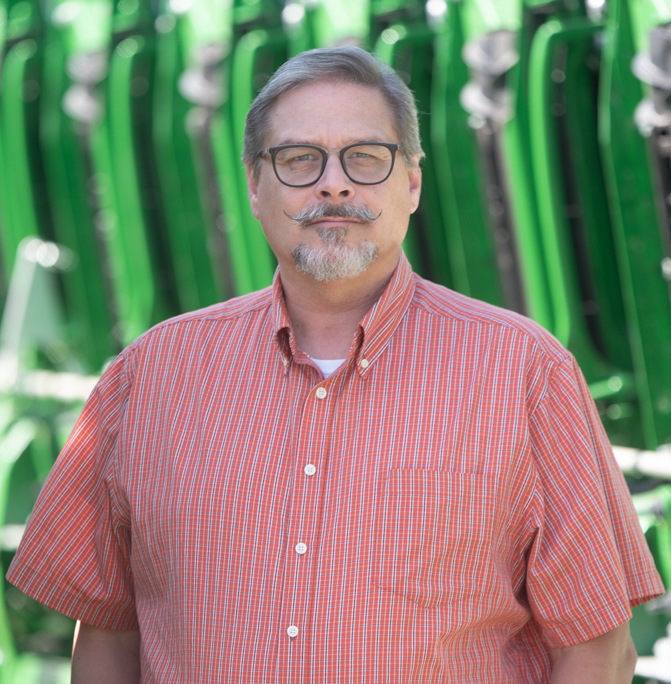When Casey Seymour, director of data analytics for 26-store John Deere dealership group 21st Century Equipment, looks at today’s used equipment landscape, he sees a great deal of change. One thing in particular stands out to the Moving Iron podcast host and Farm Equipment columnist: used equipment buying segments have become more restricted.
“Where you used to have a customer who would have a 10-year-old combine, they might trade that in and go buy a brand new one,” he says during his presentation on selling used equipment at the 2023 Dealership Minds Summit. “We saw that happen in 2008 and 2009. Today, the guy who has a 10-year-old combine, more than likely he’s not going to go trade it in and buy a new one. The numbers are too big. Trade differences are too big to overcome. The buying segments are really restricting customers into what they're going to buy and what their expectations are.”
Those expectations have changed thanks to debt load and interest rates, Seymour says. He recalls a recent conversation with a customer about those expectations. “The way he put it made it stick in my head. ‘The trade difference you're offering me right now is what it cost me to buy that machine when I bought it new.’ That was an ‘aha’ moment for me when I started looking at the numbers that we're dealing with and how customer's expectations are changing to, ‘Well, what I want to buy, I can't afford to buy anymore, so I'm stuck with this particular used piece of equipment.’”
Addressing customers’ reluctance to buy used equipment requires sales professionals to concentrate on the 3 things that Seymour says drive used equipment profitability: the sales mix, used equipment turn and the washout cycle.
Seymour cites Dr. Jim Weber regarding the sales mix, which is the ratio of new to used equipment sold. “How many dollars of new you sell, you have to sell at least 2-3 times that in used to be ahead of the curve,” he says, adding that the sales mix ultimately defines the second aspect of dealership profitability: used equipment turn.
“If you're selling a bunch of new and not a lot of used, your equipment turn is going to be slow, and that's where all your cash is tied up. It's going to create a problem for you when you look at that.
“The better your sales mix is in control with what's going on, the better your used equipment turns is going to be. And that's going to have a better effect on what your total outcome looks like when you're looking at your financials at the end.”
According to Seymour, it’s important to break down used equipment turns by product segment and location because “if you know where you're turning stuff fast, where you're turning stuff slow, all that ultimately affects what happens in your washout cycle.”
He continues, “When you're looking at your washout cycle and saying, ‘Hey, you know what? We have these 1-year-old trades, and they do X, and we have these 3- to 5-year-old trades, and they do Y, what does that look like in your washout cycle?’ Knowing what those things are will absolutely change the way that your profitability looks on the backside because you're going to have an ability to know what the profit is throughout the washout cycle.”
Watch the Full Presentation
Watch Casey Seymour's entire presentation at the 2023 Dealership Minds Summit by clicking here.






